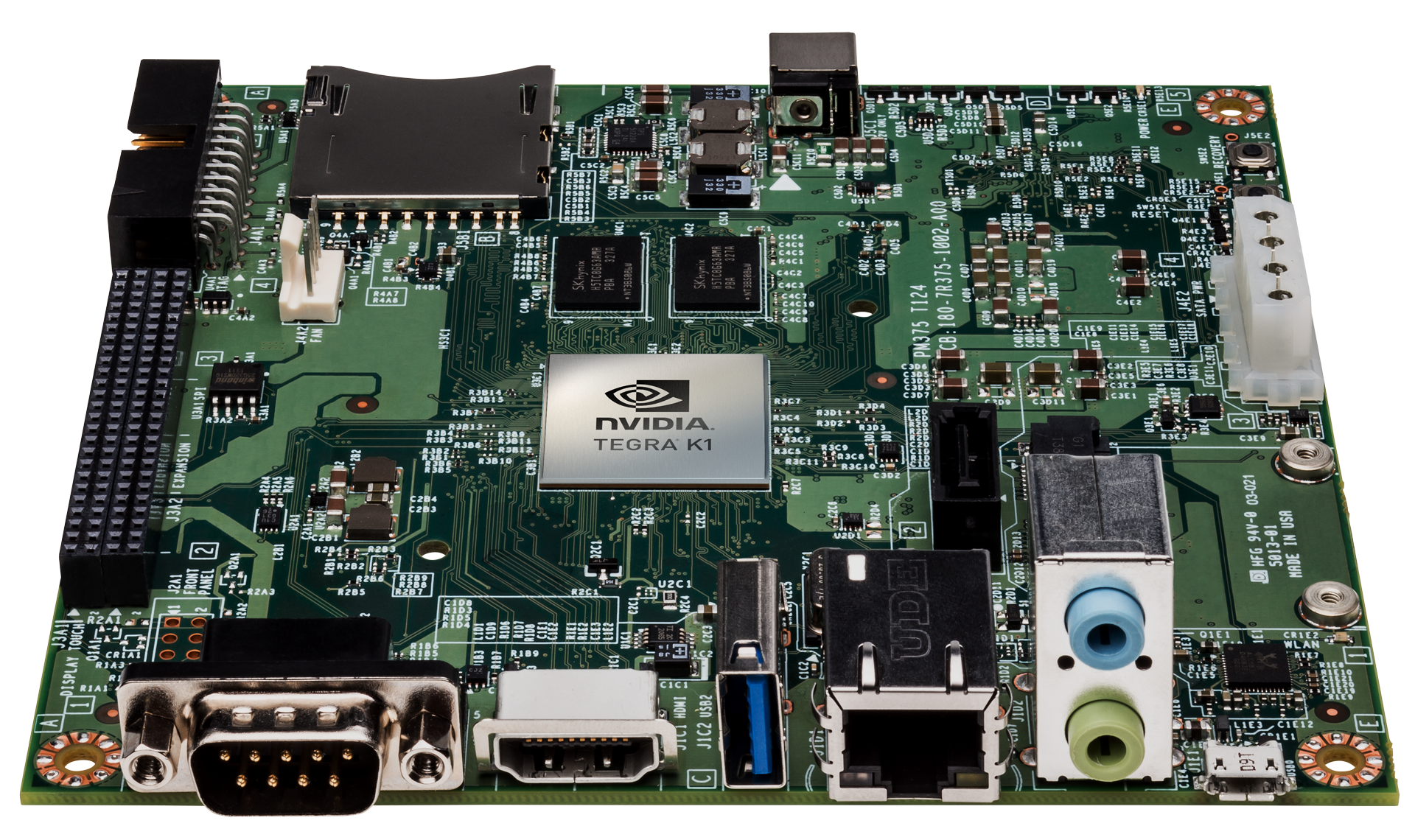Another Look at Tegra K1 Tablet and Jetson TK1 Board
This week during GTC 2014, Nvidia showcased a number of new and upcoming products including the Jetson TK1 developer kit featuring the Tegra K1 SoC, and prototype tablets sporting the same zippy chip. Also on hand were slim laptops with GeForce GTX 800M series GPUs running Titanfall at an amazing frame rate, and a monster PC with four Titan Black cards rendering a racing game across three screens.
As shown in the images below, Trine 2 was running on one of the Tegra K1 prototype tablets. A rep said that the PC game was ported to the platform to show that (1) the game can run on ARM-based hardware and (2) the game was easily ported because the chip is based on the Kepler architecture. Using a MOGA controller, I saw no stutters in gameplay: it was astonishingly smooth and seemingly native to the Android platform.
The prototypes on hand are based on the previous Tegra Note reference design. Actual product isn't expected to ship from partner OEMs until this summer, possibly June. Presumably, the current generation of the Tegra Note tablets will see a price drop due to OEMs making room for the new tegra K1 crop.
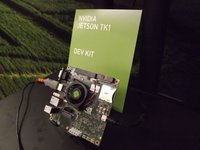
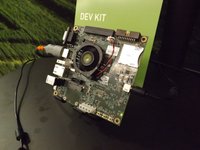
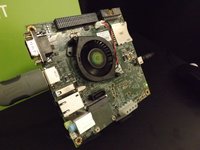


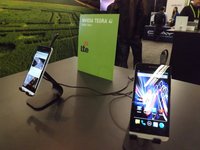


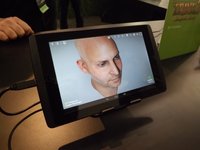
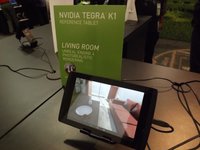
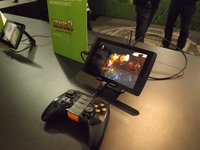
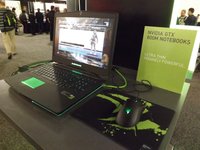
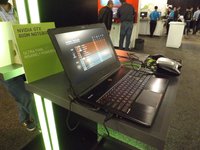

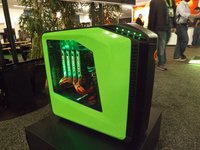
Get Tom's Hardware's best news and in-depth reviews, straight to your inbox.

Kevin Parrish has over a decade of experience as a writer, editor, and product tester. His work focused on computer hardware, networking equipment, smartphones, tablets, gaming consoles, and other internet-connected devices. His work has appeared in Tom's Hardware, Tom's Guide, Maximum PC, Digital Trends, Android Authority, How-To Geek, Lifewire, and others.
